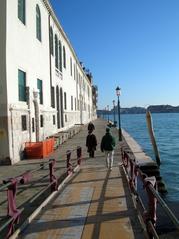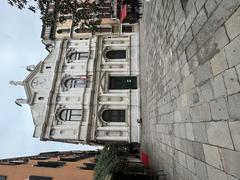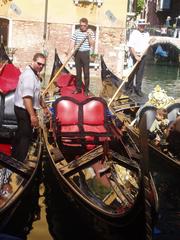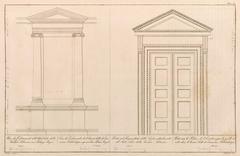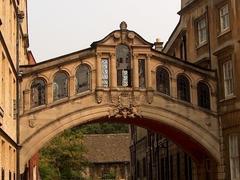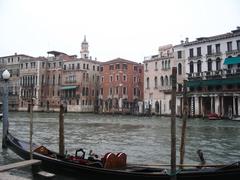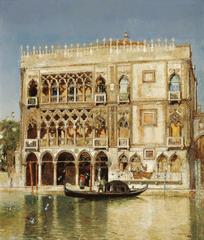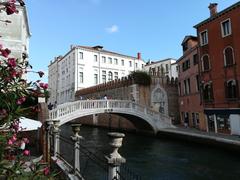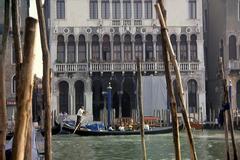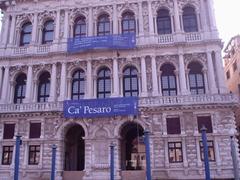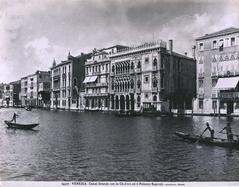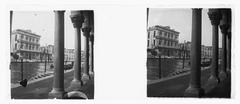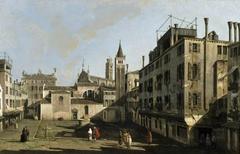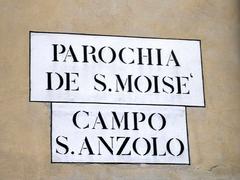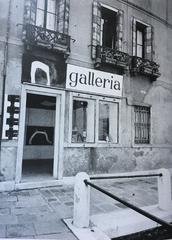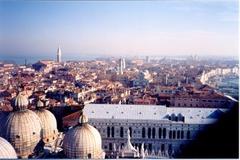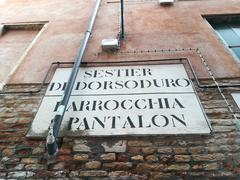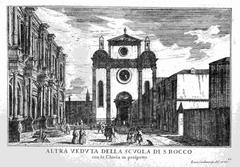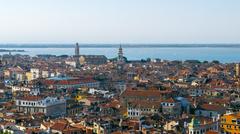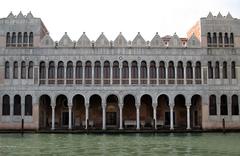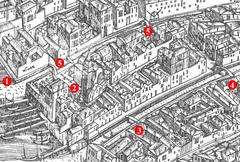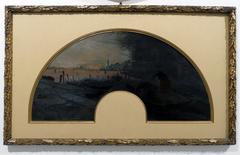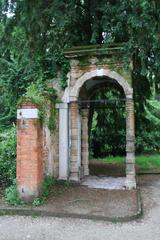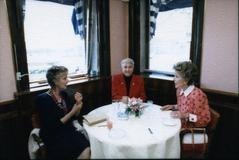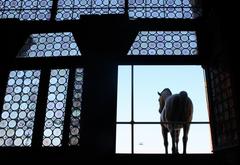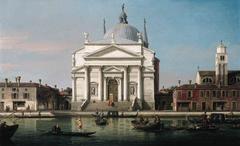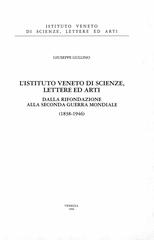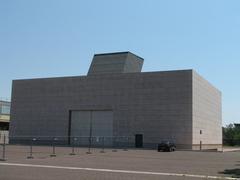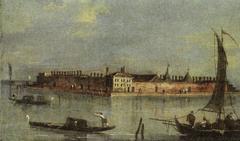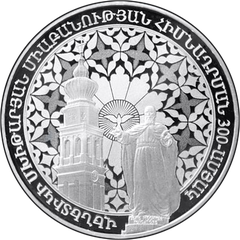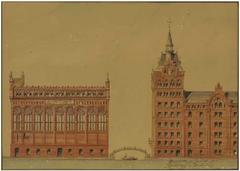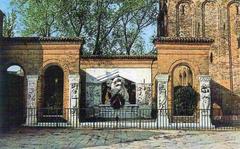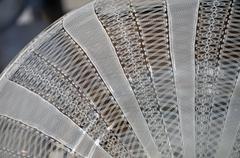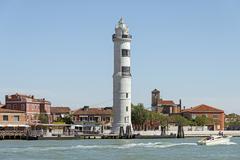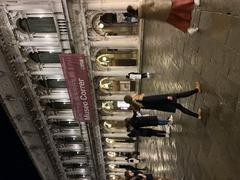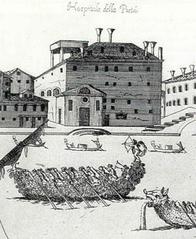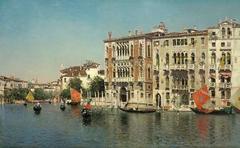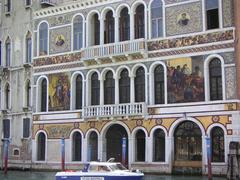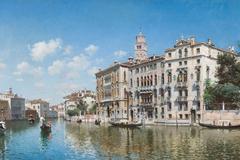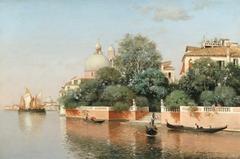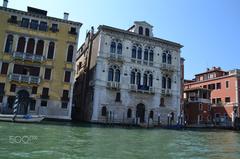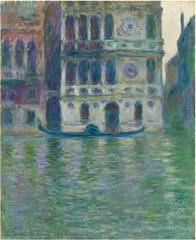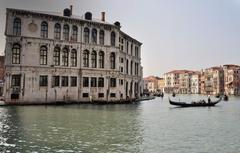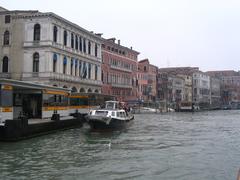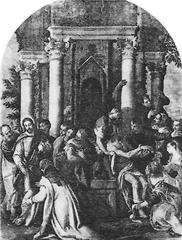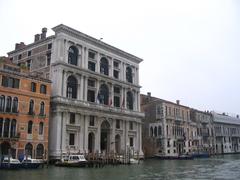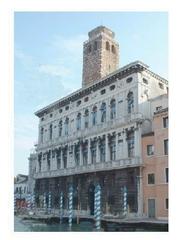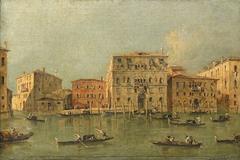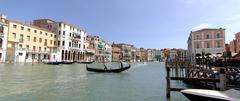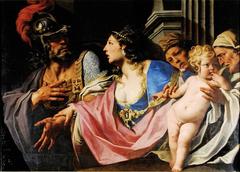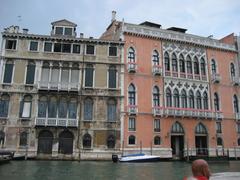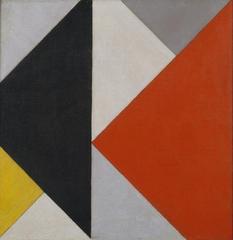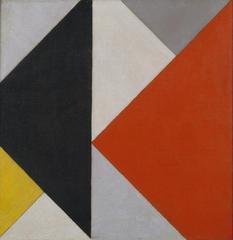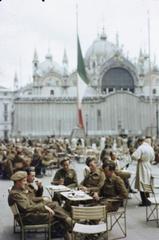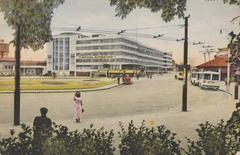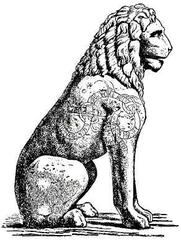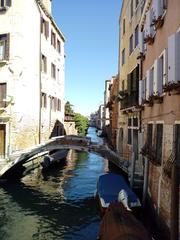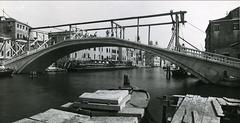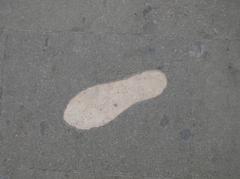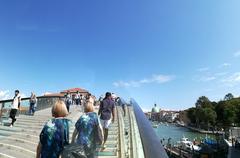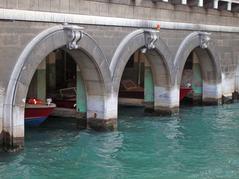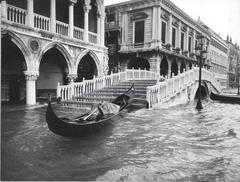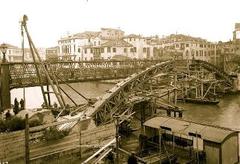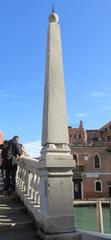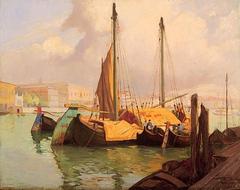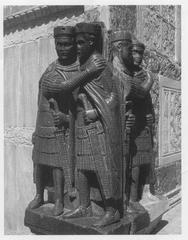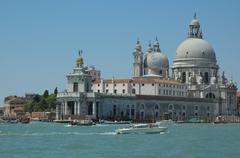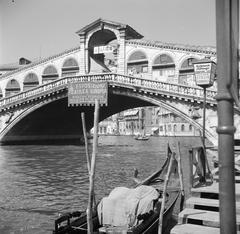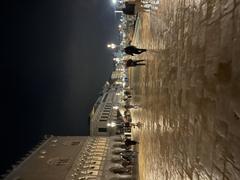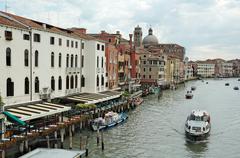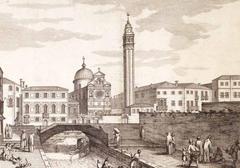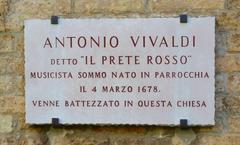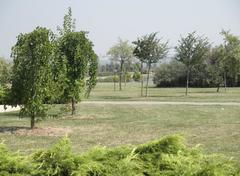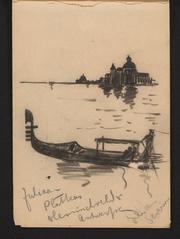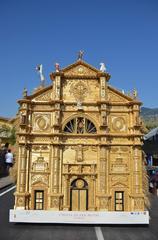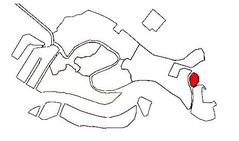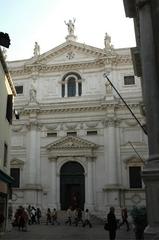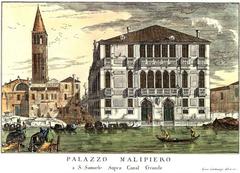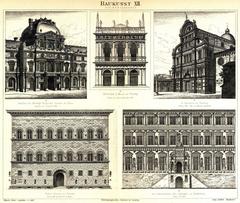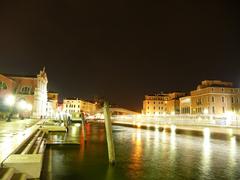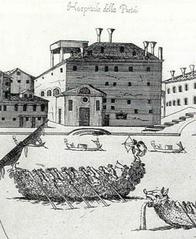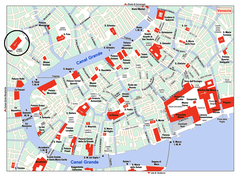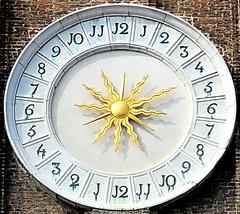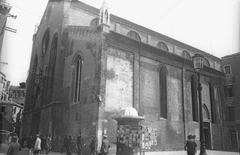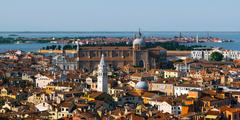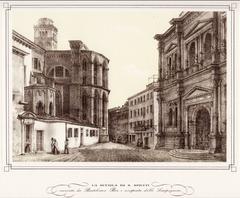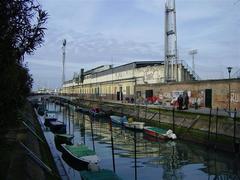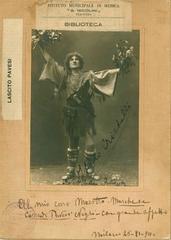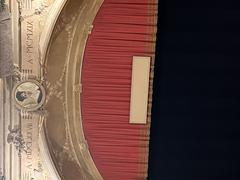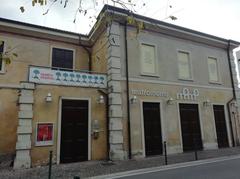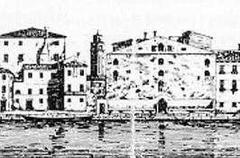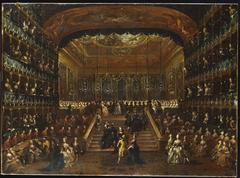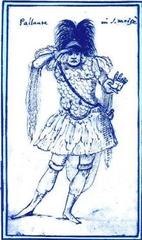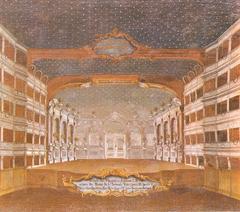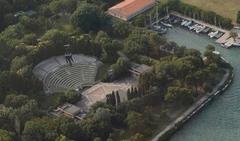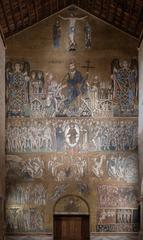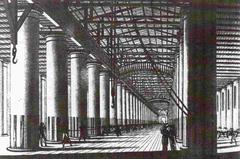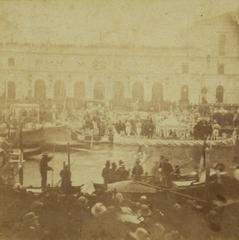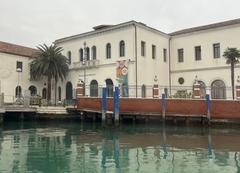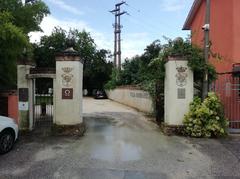Visiting Hours, Tickets, and Travel Tips for Lace Museum in Venice, Italy
Date: 19/07/2024
Introduction
Nestled on the picturesque island of Burano in Venice, Italy, the Lace Museum, or Museo del Merletto, offers an enchanting journey through the intricate world of lace-making. Established in 1981 in the historic building that once housed the lace school founded by Countess Adriana Marcello, the museum preserves the rich heritage of Burano lace, dating back to the 16th century when Venetian noblewomen introduced the craft to the island. Burano lace quickly became renowned for its intricate designs and high-quality needlework, making it a highly sought-after commodity among European royalty and aristocracy (Museo del Merletto).
The museum’s extensive collection showcases the evolution of lace-making techniques and styles, featuring exquisite pieces from the 16th to the 20th century. Visitors can explore historical lace artifacts, tools, and patterns, as well as contemporary interpretations of the craft. Beyond its exhibits, the museum serves as an educational center, offering workshops and demonstrations to promote the appreciation and preservation of lace-making as an art form (Guided Tours at Museo del Merletto).
Whether you are a history enthusiast, a craft lover, or a curious traveler, visiting the Lace Museum promises a memorable and enriching experience, providing valuable insights into the cultural and economic significance of Venetian lace. This comprehensive guide will cover the history of the museum, visitor information, travel tips, and more to help you plan your visit.
Table of Contents
- Introduction
- Origins and Early History
- The Golden Age of Burano Lace
- Decline and Revival
- Establishment of the Lace Museum
- Notable Exhibits and Collections
- Cultural Significance
- Visitor Information
- Travel Tips
- Special Events and Guided Tours
- Frequently Asked Questions
- Conclusion
Origins and Early History
The origins of lace-making in Burano date back to the 16th century when the island became renowned for its intricate and high-quality lace. The craft was initially introduced by Venetian noblewomen who sought to replicate the delicate lace they had seen in other parts of Europe. Over time, Burano developed its unique style, characterized by its fine needlework and elaborate patterns.
The Golden Age of Burano Lace
The 16th and 17th centuries marked the golden age of Burano lace. During this period, the lace produced on the island was highly sought after by European royalty and aristocracy. The intricate designs and meticulous craftsmanship made Burano lace a symbol of luxury and status. The lace was often used to adorn clothing, accessories, and household items, and it became a significant export product for Venice.
Decline and Revival
The lace-making industry in Burano experienced a decline in the 18th century due to changing fashion trends and economic challenges. By the 19th century, the craft was nearly extinct. However, a revival effort was initiated in the late 19th century, spearheaded by Countess Adriana Marcello. In 1872, she established a lace school on Burano to preserve and promote the traditional techniques of lace-making. The school played a crucial role in revitalizing the craft and ensuring its survival for future generations.
Establishment of the Lace Museum
The Lace Museum was officially established in 1981 in the historic building that once housed the lace school founded by Countess Marcello. The museum was created to celebrate and preserve the rich heritage of Burano lace. It houses an extensive collection of lace artifacts, including historical pieces, tools, and patterns. The museum also serves as an educational center, offering workshops and demonstrations to visitors interested in learning about the art of lace-making.
Notable Exhibits and Collections
The Lace Museum’s collection includes some of the finest examples of Burano lace from various periods. Notable exhibits include:
- 16th and 17th Century Lace: These pieces showcase the intricate designs and high level of craftsmanship that characterized the golden age of Burano lace. The patterns often feature floral motifs, geometric shapes, and elaborate borders.
- Lace Tools and Patterns: The museum displays a variety of tools used in lace-making, such as needles, bobbins, and frames. It also features original patterns and design books that were used by lace-makers to create their intricate works.
- Contemporary Lace: The museum also highlights modern interpretations of lace-making, showcasing how contemporary artists and designers are keeping the tradition alive while incorporating new techniques and materials.
Cultural Significance
The Lace Museum is not only a repository of historical artifacts but also a testament to the cultural significance of lace-making in Burano. The craft has been an integral part of the island’s identity for centuries, shaping its social and economic fabric. The museum plays a vital role in preserving this cultural heritage and promoting the appreciation of lace-making as an art form.
Visitor Information
Visiting Hours
The Lace Museum is open from Tuesday to Sunday, from 10:00 AM to 5:00 PM. It is closed on Mondays and major public holidays. It’s recommended to check the official website for any changes in operating hours before planning your visit.
Tickets
- Adults: €5
- Reduced: €3.50 (for children aged 6-14, students aged 15-25, and seniors over 65)
- Children under 6: Free
Tickets can be purchased online or at the museum entrance. Group discounts and guided tour packages are also available.
Travel Tips
Getting There
The island of Burano is accessible by vaporetto (water bus) from Venice. The journey takes approximately 45 minutes from the Fondamente Nove stop.
Nearby Attractions
While visiting Burano, explore its colorful houses, the Church of San Martino, and the nearby island of Torcello.
Photographic Spots
The vibrant streets of Burano and the scenic views from the Lace Museum offer perfect spots for photography enthusiasts.
Accessibility
The museum is wheelchair accessible, and assistance is available upon request.
Special Events and Guided Tours
The Lace Museum frequently hosts special events, including temporary exhibitions, lace-making demonstrations, and workshops. Guided tours are available in multiple languages, offering in-depth insights into the history and techniques of Burano lace-making.
Frequently Asked Questions
Q: What are the Lace Museum’s visiting hours?
A: The museum is open from Tuesday to Sunday, 10:00 AM to 5:00 PM.
Q: How much are the tickets?
A: Adult tickets are €5, reduced tickets are €3.50, and children under 6 enter for free.
Q: How can I get to the Lace Museum?
A: The museum is accessible by vaporetto from Venice, taking approximately 45 minutes from the Fondamente Nove stop.
Q: Are there guided tours available?
A: Yes, guided tours are available in multiple languages.
Conclusion
The Lace Museum in Burano is a treasure trove of history and artistry, offering a unique glimpse into the world of lace-making. Its extensive collection and educational programs ensure that the rich heritage of Burano lace continues to be celebrated and preserved for future generations. Plan your visit today and immerse yourself in the delicate beauty of Burano lace. For more information, visit the Museo del Merletto, download the Audiala app, or follow the museum on social media for updates.
